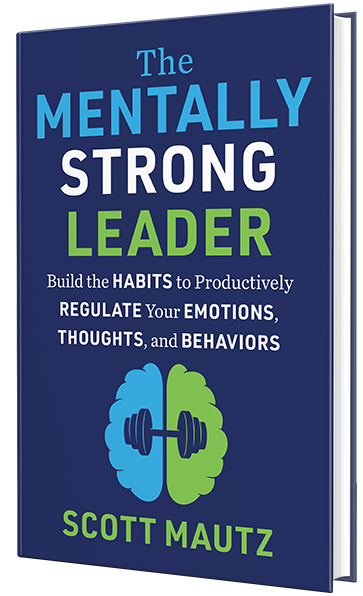
INSIGHTS (on leadership/self-leadership)
• As a professional speaker, I’m often asked, “What’s the key to giving a great talk?” People are surprised when I answer, “Maya Angelou.” I’m referring to one of her profound quotes, the spirit-guide for great talks: People will forget what you said/did, but they’ll never forget how you made them feel. To this day, for every keynote I give, I first ask what I want the audience to feel. Do I want them to feel informed, excited, energized, ready to take action? Do I want them to tear up, laugh, pause for reflection? I start with the emotions I want to elicit and build my talk from there. Most people start with the information they want to convey and then hope they can get people to feel something, anything, during their talk. It’s an insight you can apply to any presentation or talk you give. Decide first what you want the audience to feel, then determine how you’ll make them feel that. Maybe you want them to feel confident in you/your abilities, feel strongly compelled to support your recommendation, or feel engrossed and entertained in the speech you’re giving. Once you’ve identified the feeling/emotion you want to elicit, focus on how you’ll get them to feel that. Compelling data woven into an interesting story? Linking to the audience’s personal interests? Both are effective. Whatever your tactic, ask yourself this: “With this talk, will I be wallpaper, or will I elicit the feeling I intend?”
IMPERFECTIONS (a mistake I’ve made)
• Research shows that inconsistent leaders strip certainty, and thus a sense of meaning, from organizations. Inconsistency confuses people, erodes trust, causes fear, and causes learned inertia–where employees, paralyzed by uncertainty, avoid interactions with the offending manager. As a very young leader, I didn’t yet recognize the unhelpful impact I was having with inconsistent decision-making and direction-giving. To overcome this, I made several interventions. I learned to make my priorities clear, communicate them often, and asked others to hold me accountable to those priorities. I put repeatable processes in place so that my crazy calendar and over-packed days didn’t dictate how I made decisions. I was careful to avoid letting mood swings and impulses outwardly influence me. I was mindful to ensure my visible actions always supported what my words said. I learned that “same situation, different treatment” worked for no one. I even practiced the “camera in the corner” exercise where I imagined a camera in the corner of the room, recording me every time I gave direction or made a decision. Reviewing the recording later should reveal me acting in a manner consistent with my beliefs, actions, strategies, and goals. By the way, being consistent doesn’t mean being predictable. You still have room to operate within parameters you set and share, and you still have the right to react to new information and circumstances.
IMPLEMENTATION (one research-backed strategy, tip, or tool)
• George Bernard Shaw once said, “The single biggest problem in communication is the illusion that it has taken place.” Therein lies the problem–when communication is poor, it’s because we’re not investing the time it takes to communicate effectively, we believe communication is happening at a sufficient level when in fact it isn’t, or we’re simply not listening well. Communication often breaks down not only because the sender isn’t really sending, but because the receiver isn’t really receiving. The solution is to take the time to invest in communication, care enough to inquire, and then listen. Mary Kay Ash built an entire cosmetics empire around a simple philosophy, “Everyone has an invisible sign around their neck that says, ‘Make me feel important.'” A powerful way to make people certain that they’re important to you is to inquire, ask, and listen. Use a technique I call P:60, which stands for “Personal 60-seconds.” Before the start of a team meeting, ask each person to give 60-seconds of personal information, something going on in their lives outside of work that will help others to see more of the whole person. Bonus tip: Use the WAIT principle—quietly ask yourself, “Why Am I Talking?” (instead of listening). It works.




Leave a Reply